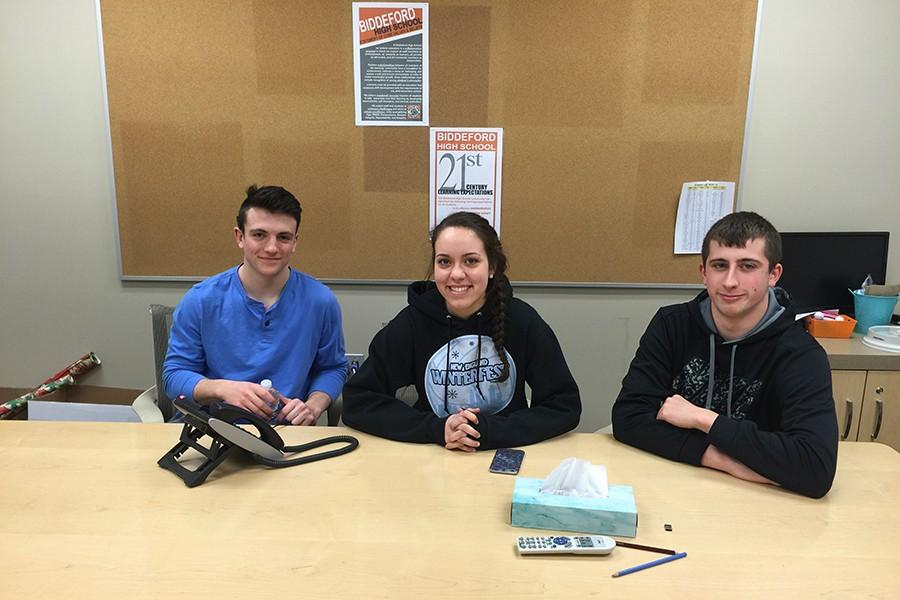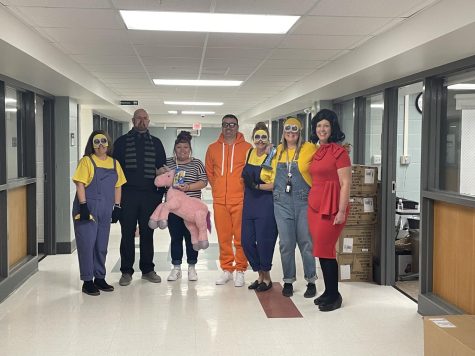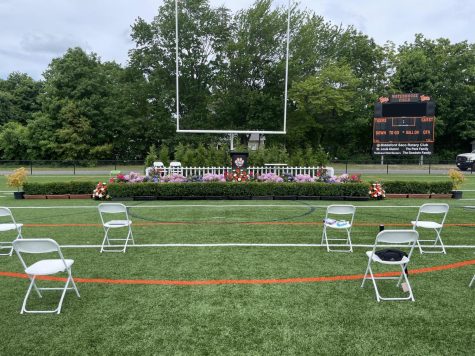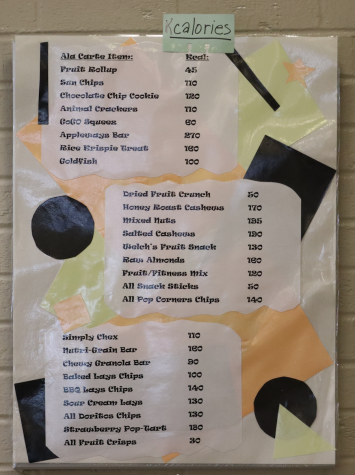Five BHS seniors to teach younger kids about weather hazards
Five BHS seniors will be teaching Biddeford Intermediate School students how to protect themselves from hazardous weather.
March 16, 2016
A challenge not tested ever before, five BHS seniors were sent out for special training in order to do one thing: teach younger kids how to protect themselves from severe weather.
On Tuesday, January 26th, five Biddeford High School seniors were trained in order to educate a group of fourth and fifth graders on how to protect themselves from severe weather including hurricanes, tornadoes, blizzards, tsunamis, and other very dangerous weather hazards. Senior Alexander Keely was one of the first ever students to partake in this program.
“Mr. Sirois had five seniors, Jocelyn Moody, Jessica Letellier, Josh Dutremble, Jeremy Lugiano and I, go to the York County Emergency Management Agency to prepare to teach younger students at the Intermediate School about weather hazards and other natural disasters,” Keely said.
This program was set up by the Federal Emergency Management Agency (FEMA) and tested for months before eventually being picked up first by Biddeford High School.
“FEMA has had this idea for a long time, but they didn’t know how to get it into schools,” said Keely. “When they proposed having older students teach it, Biddeford High School was the first in the nation to pick it up.”
In order for Biddeford High School to pick up the program, it took a lot of effort to put it into action. Principal Jeremie Sirois was in charge of setting up the program, suggested by superintendent Jeremy Ray.
“He [Ray] called me one day in the fall and said ‘hey, I have a program that somebody was talking to me about, look into it,” said Sirois with a chuckle. “It took quite a bit of time to pick a date, more so than usual. Normally, we can pick up a program and we’re ready to go, but this time, it took a while to coordinate. We started off with the program in the fall and it took until January to officially start.”
By looking at each student’s schedule, Sirois was able to select who would participate
“I started out with seven kids and I looked at the kids with early release or late arrival,” said Sirois. “I ended up pulling the seven that I felt would fit best for the program and talked to them about it to see if they were interested.”
Once all of the planning was set, the five travelled to the York County Emergency Management Agency in Alfred where they were handed a special packet. Another member of the five, senior Jocelyn Moody, explained the contents of the packet.
“It [the packet] was divided into three lessons. Each lesson is for a different day of class with the Intermediate Students,” said Moody. “We learned about the most common types of emergencies and hazards in Maine. Things such as blizzards, ice storms, and floods are all very important things for them to learn about because most people, even adults, don’t have a full plan on how to deal with them.”
The five learned about all of the weather hazards in order to be completely prepared in any scenario. Maine is one of the most easily exposed state to all kinds of weather hazards of all of the states.
We learn about all of these different hazards because here in Maine, we really can’t predict the weather we’re going to have. They may not be super often, but we do have tornadoes and earthquakes, so it is important to know how to deal with any kind of hazard. — Alex Keely
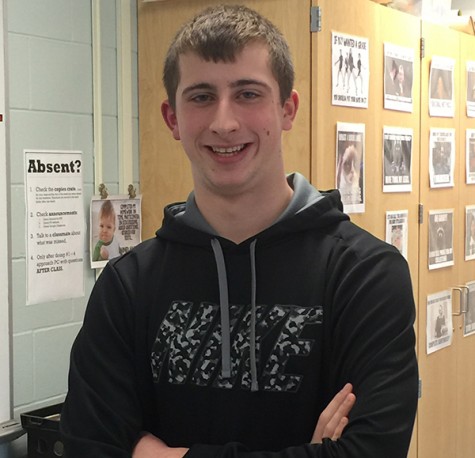
However, the five learned not only about the different types of hazards that could occur, but also many tips on how to protect themselves and their family from these hazards.
“The most important thing to know is to have an emergency kit,” said Keely. “Have some bag or tote with non-perishable food, a flashlight with a battery, and lots of food. We generally need one gallon of water per person per day.”
Along with many things that may be needed in order to keep oneself safe, the program also educated the five on how to allow for students to contact others in case of emergency.
“Also, always have a plan,” said Keely. “Talk to your family members and have a set place outside of your house, a set place in your town, and a phone that can text. It is nearly impossible to use the phone line because everyone is trying to call people within the city and it blocks the phone lines. It is almost impossible to call, so in an emergency, you always want to text.”
This program is seen as very important by both the five students as well as FEMA in educating younger students, as at any age it is good to know what to do in case of an emergency. However, Sirois sees it as something very beneficial to both the seniors and the students of the Biddeford Intermediate School.
“This program is good for the seniors, as it’s something else that can be put onto their college resume,” said Sirois. “As for the elementary students, they love to see the kids that they see around town, on the courts, on the field, on the stage. It gives the students a connection with some of our kids.”
Moody is also a strong advocate for the program, believing it to be something that will not only allow for the students to learn, but also for the five to learn something for themselves.
“I think that while this benefits the younger students, allowing them to learn how to protect themselves from dangerous weather conditions, it really benefits us seniors,” said Moody. “I know that all of us involved enjoy spending time around kids and we are really enjoying taking charge and being able to teach them ourselves. It really is an excellent learning experience.”
At some point within the coming month or two, the five will put what they learned to the test and visit the Biddeford Intermediate School in order to teach the students the importance of weather safety.
“We get a large range of weather hazards in Maine, so we need to make sure that our students are able to handle a lot more than those in Florida,”

